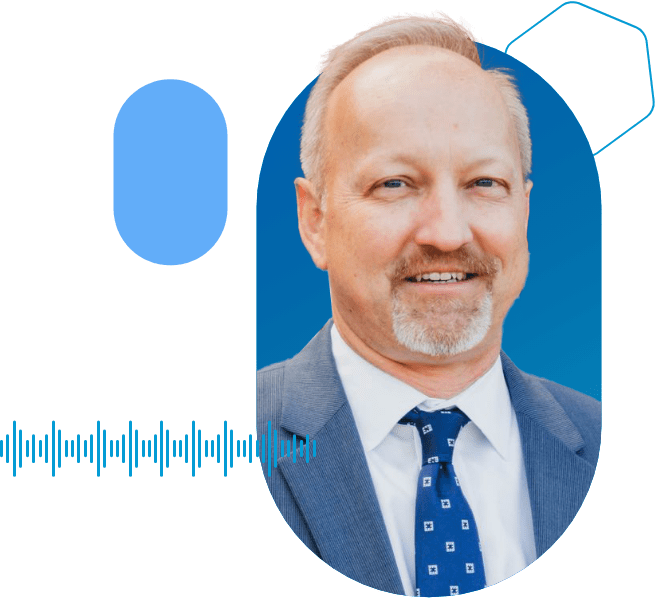In this episode of Procurement Reimagined, host Daniel is joined by Tom Rogers, Founder and CEO of Vendor Centric, a national consultancy specialising in helping companies take a systematic, risk-based approach to vendor lifecycle management.
They discuss the evolution of vendor management strategies and the need for breaking down silos. Tom explains the importance of having a Vendor Management Office (VMO) and how aligning contract management and third-party risk can benefit businesses. He also touches on how to mitigate contract risks associated with contracts.
Tom advises, writes and speaks on the value of vendor relationships and how companies can use risk-based vendor management to unleash the power of those relationships within their organisation. He also shares best practices learned in over thirty years of his career in professional services on being a vendor that companies will want to hire repeatedly.
Key highlights:
- 06:03 - 10:33 - Common Gaps in Vendor Management Across Companies and Industries - Tom highlights that gaps in vendor management are down to how vendor management as a business function has grown over time. Initially, vendor management pivoted around sourcing and price negotiation, and the central focus was cost management. The next step was the rise of third-party risk and contract management. Regulatory compliance and cyber-security are other layers of vendor management. As more operational areas got involved in the process, it led to a siloed approach, and we soon lost the holistic view of vendor lifecycle management. This is a common gap across businesses and industries.
- 11:15 - 13:09 - Reimagined Framework for Vendor Lifecycle Management - Tom mentions that while the framework may vary across businesses and industries, the glue that holds it together is developing a structure on how they work with their third-party vendors throughout the lifecycle of the relationship, from sourcing through risk assessments, contracting, purchasing, monitoring and managing risks and the contracts through offboarding the vendor. Having a well-defined Framework and Vendor Management Office is more important than its business vertical.
- 16:57 - 21:14 - Learning to Crawl, Walk, and Run While Scaling Vendor Management - Tom stresses the importance of building a foundation for vendor management before developing programs around ESG, software, and supplier diversity. The first foundation is to define a reasonable timeframe, and typically, it takes several years to develop a mature vendor management program. Procurement and contract management are the first initiatives to focus on, along with building solid policies and procedures. Next, look at relevant technology stacks and incorporate risk assessment policies. You must build this foundation before taking a holistic look at a vendor lifecycle management program.
- 28:14 - 29:21 The Benefits of Doing Contract Management and Third-Party Risk Management Right - If you think about the life cycle and the framework, you must identify where these two operational areas intersect. One is when you're procuring from a new vendor, and you take them through a risk assessment process, and you're going to go into a contracting process. That's one key area of alignment. Then on the back end, as you're going through risk reassessments, renewals of contracts, and scope changes, it may bring different risks to the organisation.
Quotes:
- “You've got all these different kinds of moving pieces that sit in different silos within the organisation, and hence the biggest gap right now is companies trying to figure out how to take a more strategic approach on vendor lifecycle management”.
- “But the framework and the VMO are the quarterbacks. The framework creates the structure, and the vendor management office or the vendor management function helps ensure that everybody works together”.
- “You must get your basic foundation in place before scaling your vendor management programme. It takes at least a few years to have a mature process”.

-2.png)
.png)
.png)
.png)
-4.png)